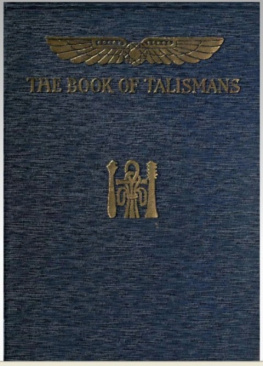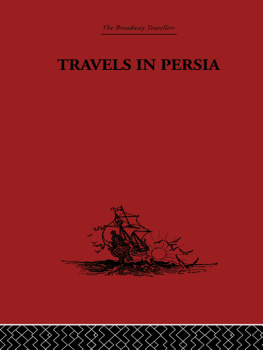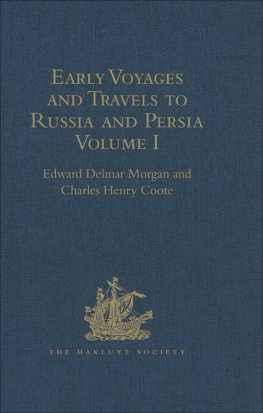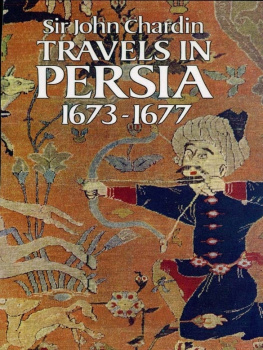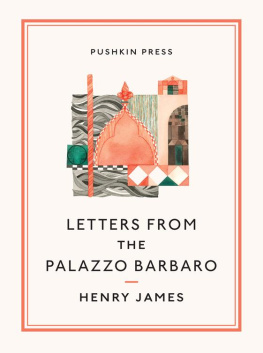First published by Ashgate Publishing
Published 2016 by Routledge
2 Park Square, Milton Park, Abingdon, Oxon OX14 4RN
711 Third Avenue, New York, NY 10017, USA
Routledge is an imprint of the Taylor & Francis Group, an informa business
All rights reserved. No part of this book may be reprinted or reproduced or utilised in any form or by any electronic, mechanical, or other means, now known or hereafter invented, including photocopying and recording, or in any information storage or retrieval system, without permission in writing from the publishers.
Notice:
Product or corporate names may be trademarks or registered trademarks, and are used only for identification and explanation without intent to infringe.
Founded in 1846, the Hakluyt Society seeks to advance knowledge and education by the publication of scholarly editions of primary records of voyages, travels and other geographical material. In partnership with Ashgate, and using print-on-demand and e-book technology, the Society has made re-available all 290 volumes comprised in Series I and Series II of its publications in both print and digital editions. For information about the Hakluyt Society visit www.hakluyt.com.
ISBN 13: 978-1-4094-1315-8 (hbk)
Contents
WORKS ISSUED BY
The Baklunt Socety.
TRAVELS TO TANA AND PERSIA,
BY BARBARO AND CONTARINI.
A NARRATIVE OF ITALIAN TRAVELS IN PERSIA,
IN THE 15TH AND 16TH CENTURIES.
M.1M cc I.XXII:.
TRAVELS
TO
TANA AND PERSIA,
BY
JOSAFA BARBARO
AND
AMBROGIO CONTARINI.
TRANSLATED FROM THE ITALIAN BY
WILLIAM THOMAS, CLERK OF THE COUNCIL TO EDWARD VI,
AND BY
S. A. ROY, ESQ.
AND EDITED, WITH AN INTRODUCTION, BY
LORD STANLEY OF ALDERLEY.
T. RICHARDS, 37, GREAT QUEEN STREET.
COUNCIL
OF
THE HAKLUYT SOCIETY.
THE RIGHT HON. SIR DAVID DUNDAS, PRESIDENT.
ADMIRAL C. R. DRINKWATER RETHUNE, C.B.
MAJOR-GENERAL SIR HENRY C. RAWLINSON, K.C.B., D.O.I } VICE-PRESIDENTS. F.R.S., VICE-PRES.R.G.S.
W. A. TYSSEN AMHURST, Esq.
REV. GEORGE P. BADGER.
JOHN BARROW, ESQ., F.R.S.
VICE-ADMIRAL COLLINSON, C.B.
CAPTAIN COLOMB, R.N.
W. E. FRERE, ESQ.
EGERTON VERNON HARCOURT, ESQ.
JOHN WINTER JONES, ESQ., F.S.A.
R. H. MAJOR, ESQ., F.S.A., SEC.R.G.S.
SIR W. STIRLING MAXWELL, BART.
SIR CHARLES NICHOLSON, BART., D.C.L.
VICE-ADMIRAL ERASMUS OMMANNEY. C.B., F.R.S.
REAR-ADMIRAL SHERARD OSBORN, C.B., F.R.S.
THE LORD STANLEY OF ALDERLEY.
EDWARD THOMAS. ESQ., F.R.S.
THE HON. FREDERICK WALPOLE, M.P.
CLEMENTS R. MARKHAM, ESQ , C.B., F.R.S., SECR.G.S., HONORARY SECRETARY.
INTRODUCTION.
THE volume herewith given to the members of the Hakluyt Society, contains six narratives by Italians, of their travels in Persia about the time of Shah Ismail. Mr. Charles Grey, who has translated and edited four of these travels, having accompanied Sir Bartle Frere to Zanguibar, has been unable to finish the printing of his book, and the correction of his proofs has been entrusted to me. As all these travellers were almost contemporaries, and as they refer to one another, the council have thought it best to give them to members in one single volume.
Shah Ismail, or Ismail Sufy, is the chief personage in this volume; he found Persia in disorder, and reunited it; he revived the Persian nationality, and very much increased the division which existed between Persia and the rest of the Mussulman States; a division or schism which has been erroneously called religious, but which originally was national and political, and, as revived and augmented by Shah Ismail, entirely national. The feelings which animated the earlier Persians to reject the first three caliphs, were the national repulsion of the Persians to their Arab conquerors, and a preference for hereditary succession instead of popular election. Shah Ismail took advantage of these national sentiments and dynastic traditions, without which Persia, overrun as it was by Turkish tribes, would have merged into the Ottoman Empire. Shah Ismail did his work so effectually, that Nadir Shah was unable to undo it, and was assassinated for attempting it; and, though the greater part of the Persian population and the reigning dynasty at this day speak Turkish as their own language, yet they are as Persian in feeling as the Persian inhabitants of Shiraz and Isfahan.
Of the Italian travellers and envoys, whose narratives are here given, Josafa Barbaro is the most interesting personage: but none of them attract the same interest which attaches to Varthema, or to the Portuguese and Spanish travellers and voyagers of the same period.
The travels of Barbaro and Contarini have long been ready for publication, but have been delayed hitherto, for want of an editor. The work was undertaken by Sir Henry Rawlinson and Lord Strangford, but the former had not time to attend to it, and the latter died before he had really commenced it.
The translation of Contarini was done by Mr. Roy of the British Museum, who also made a translation of Josafa Barbaro, and a question arose whether Mr. Roys translation, or the quaint old translation of William Thomas, should be published by the Society. I decided in favour of Thomas translation, partly in deference to what I knew was the opinion in its favour of Lord Strangford, on account of its interest as English of the time of Edward VI, shewing much better orthography than that current at a later period (Fanshaws translation of Camoens for instance), and partly on account of the interest which attaches (especially to members of the Hakluyt Society) to Mr. Thomas and his unfortunate end.
Chalmers Biography tells us that Mr. William Thomas was a learned writer of the sixteenth century, and was born in Wales, or was at least of Welsh extraction, and was educated at Oxford. Wood says, that a person of both his names was in 1529 admitted a bachelor of Canon Law, but does not say that it was this person. In 1544, being obliged to quit the kingdom on account of some misfortune, he went to Italy, and in 1546 was at Bologna, and afterwards at Padua; in 1549 he was again in London, and on account of his knowledge of modern languages, was made clerk of the council to King Edward VI, who soon after gave him a prebend of St. Pauls, and the living of Presthend, in South Wales. According to Strype, he acted very unfairly in procuring the prebend, not being a spiritual person; and the same objection undoubtedly rests against his other promotion. On the accession of Queen Mary, he was deprived of his employment at Court, and is said to have meditated the death of the Queen; but Ball says it was Gardiner whom he formed a design of murdering. Others think that he was concerned in Wyatts rebellion. It is certain, that for some of these charges he was committed to the Tower in 1553, together with William Winter and Sir Nicholas Throgmorton. Wood says, He was a man of a hot fiery spirit, had sucked in damnable principles, by his frequent conversations with Christopher Goodman, that violent enemy to the rule of women. It appears that he had no rule over himself, for about a week after his commitment he attempted suicide, but the wound not proving mortal, he was arraigned at Guildhall, May 9th, 1553, and hanged at Tyburn on the 18th.








